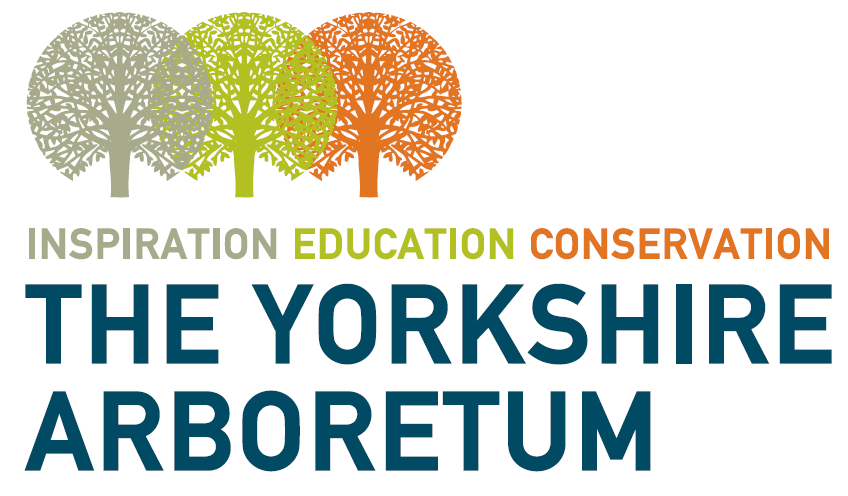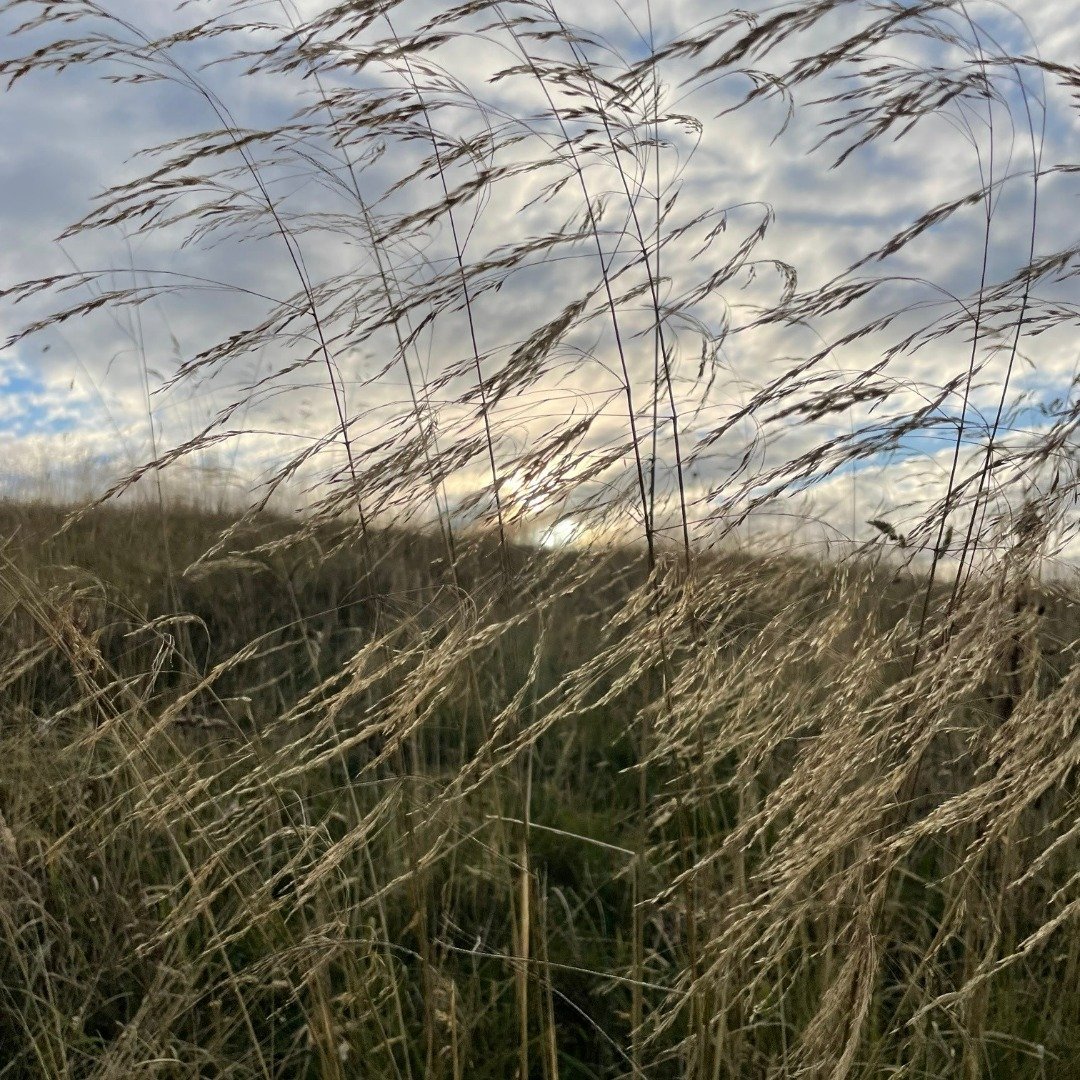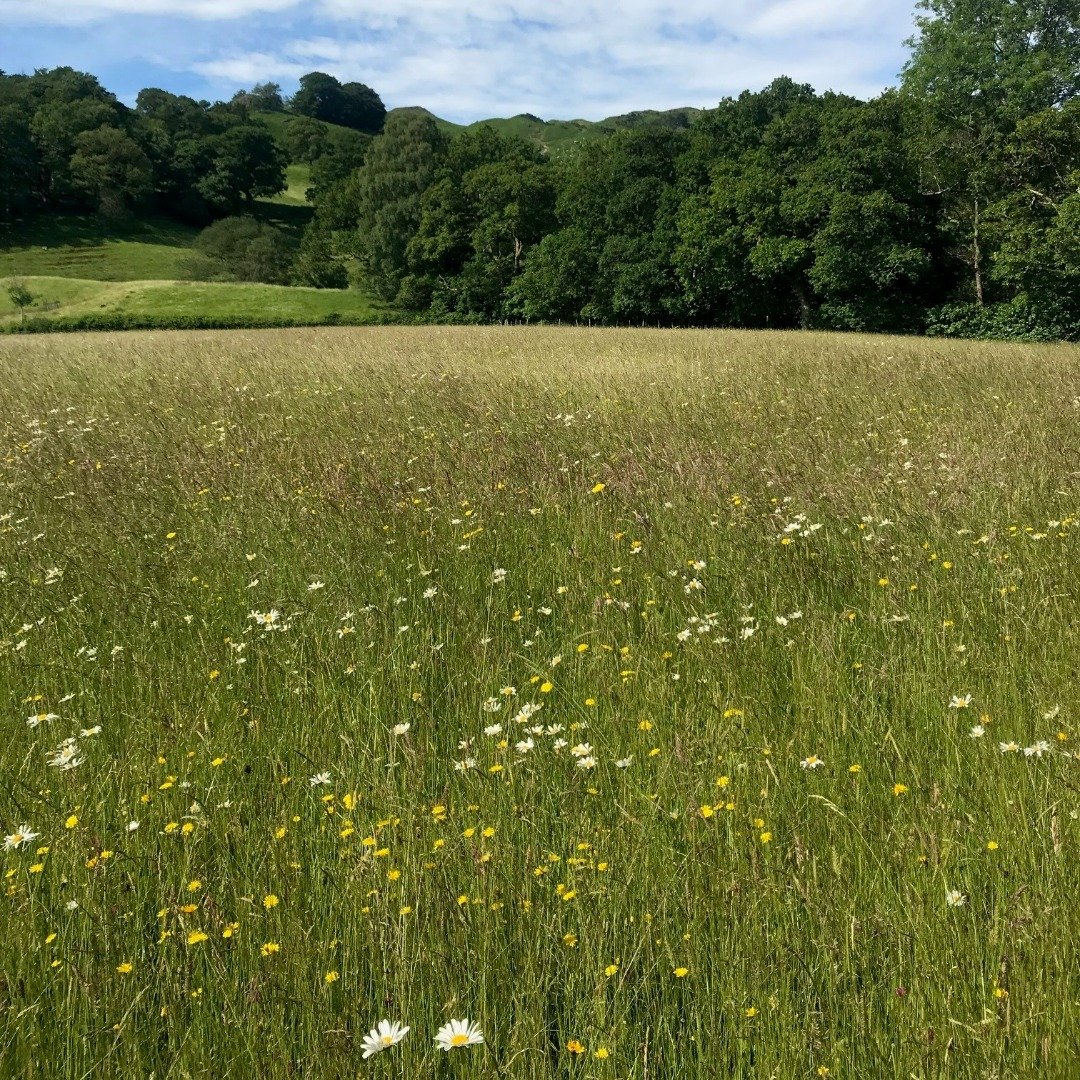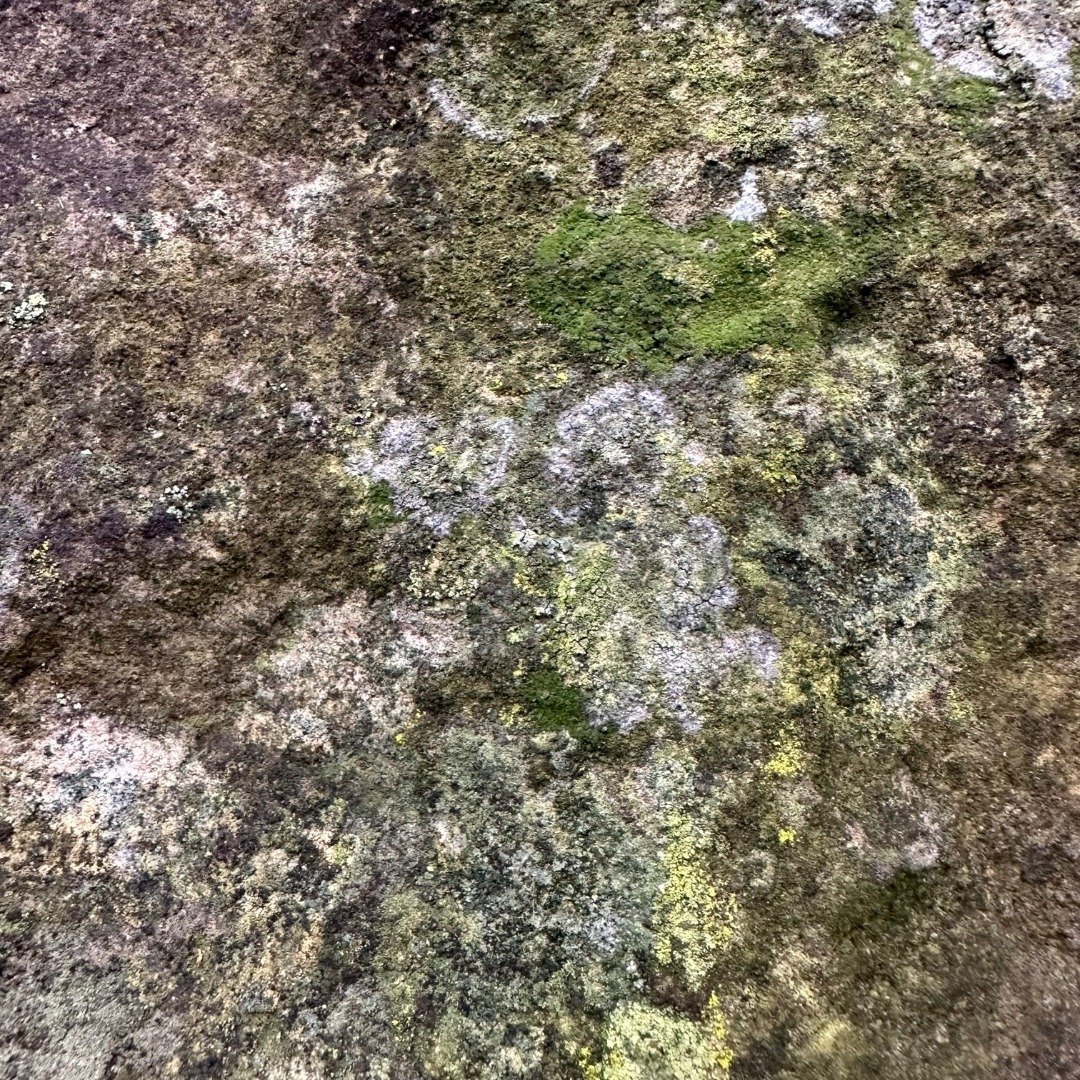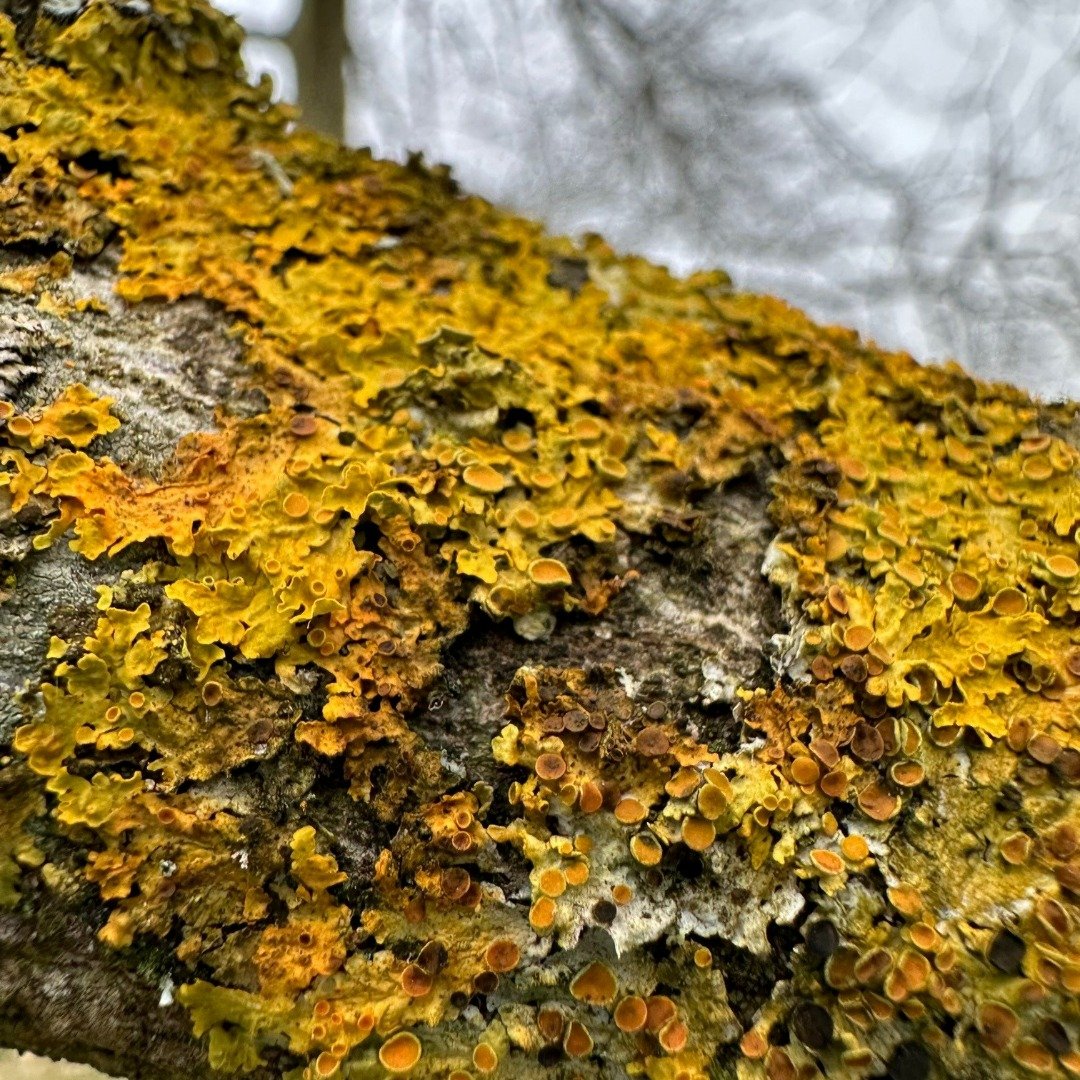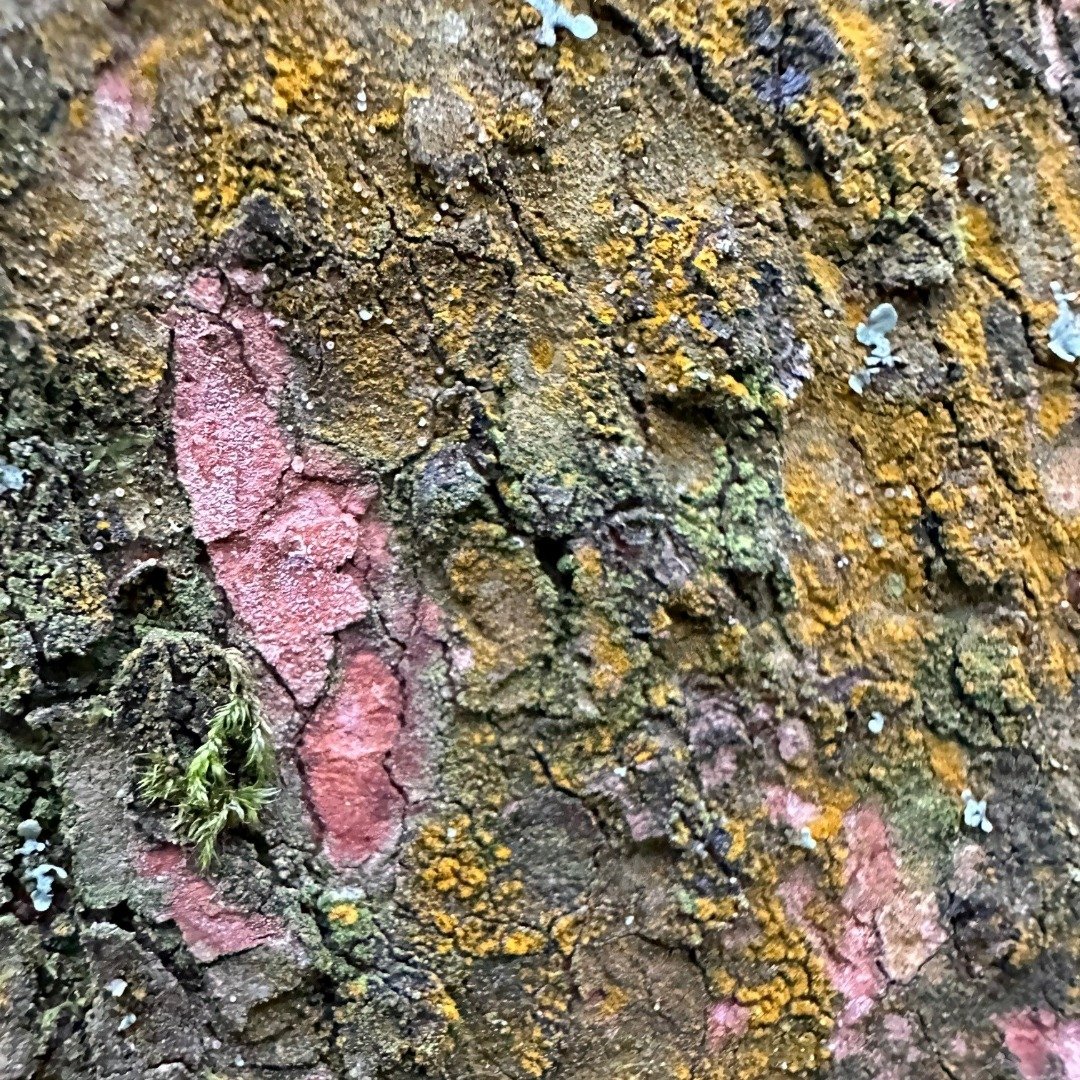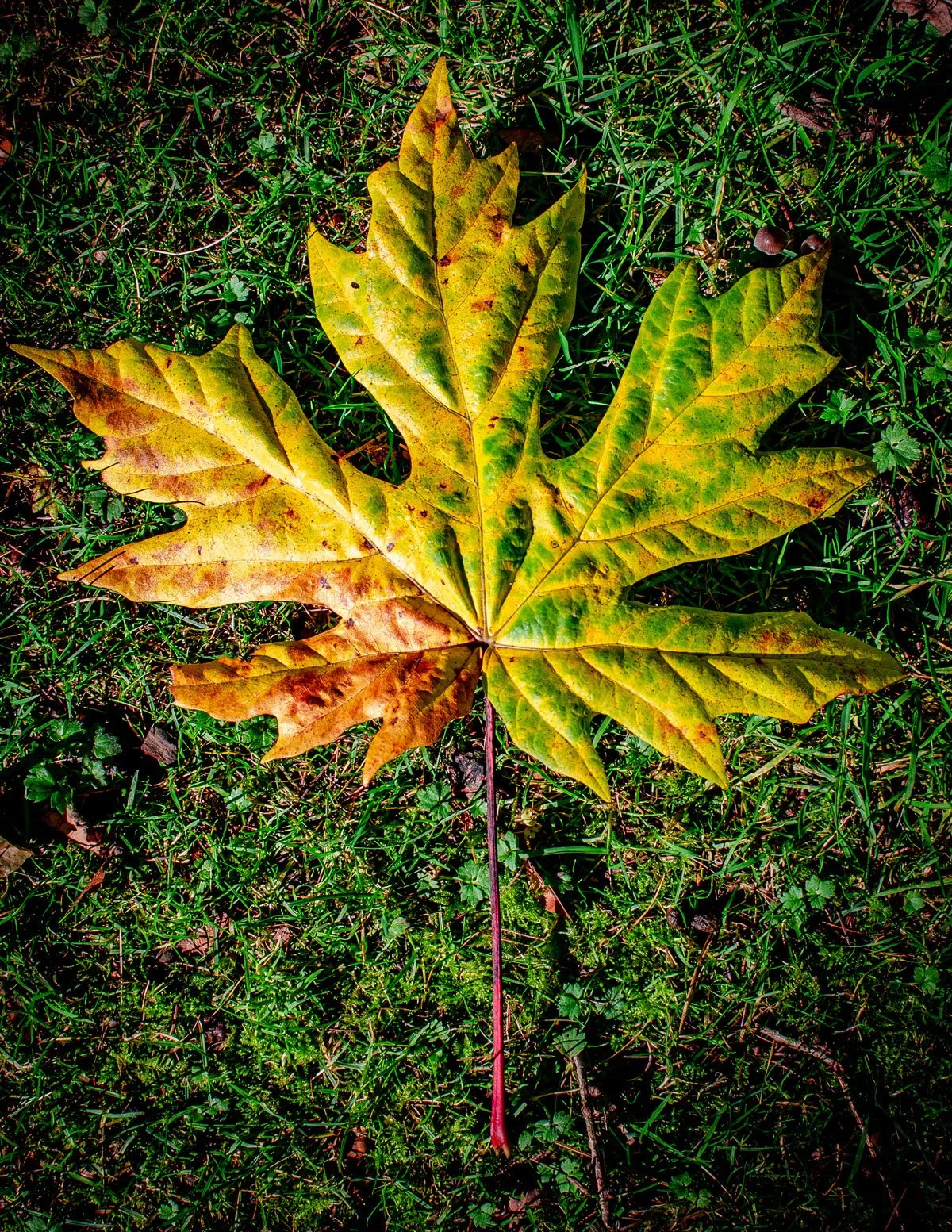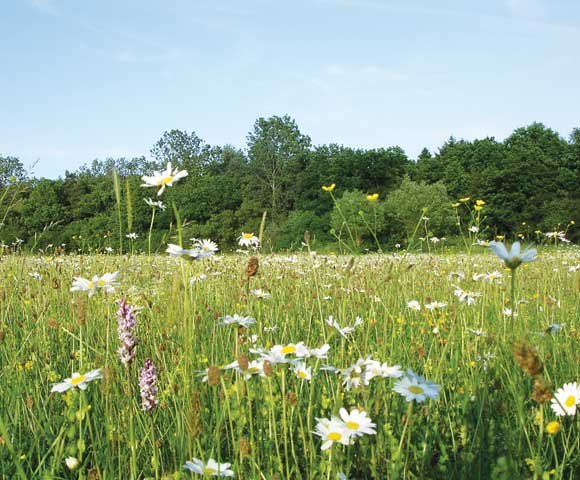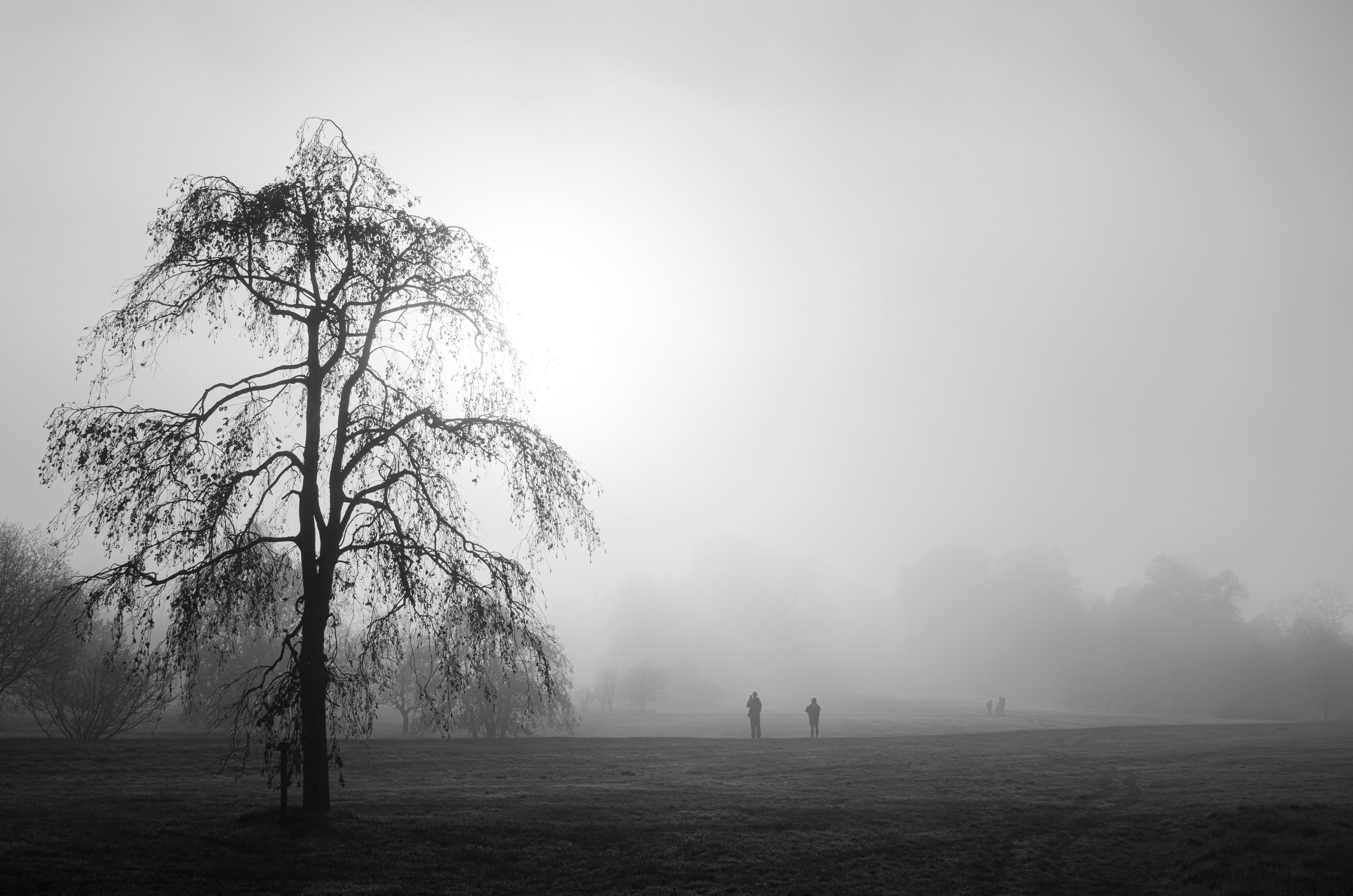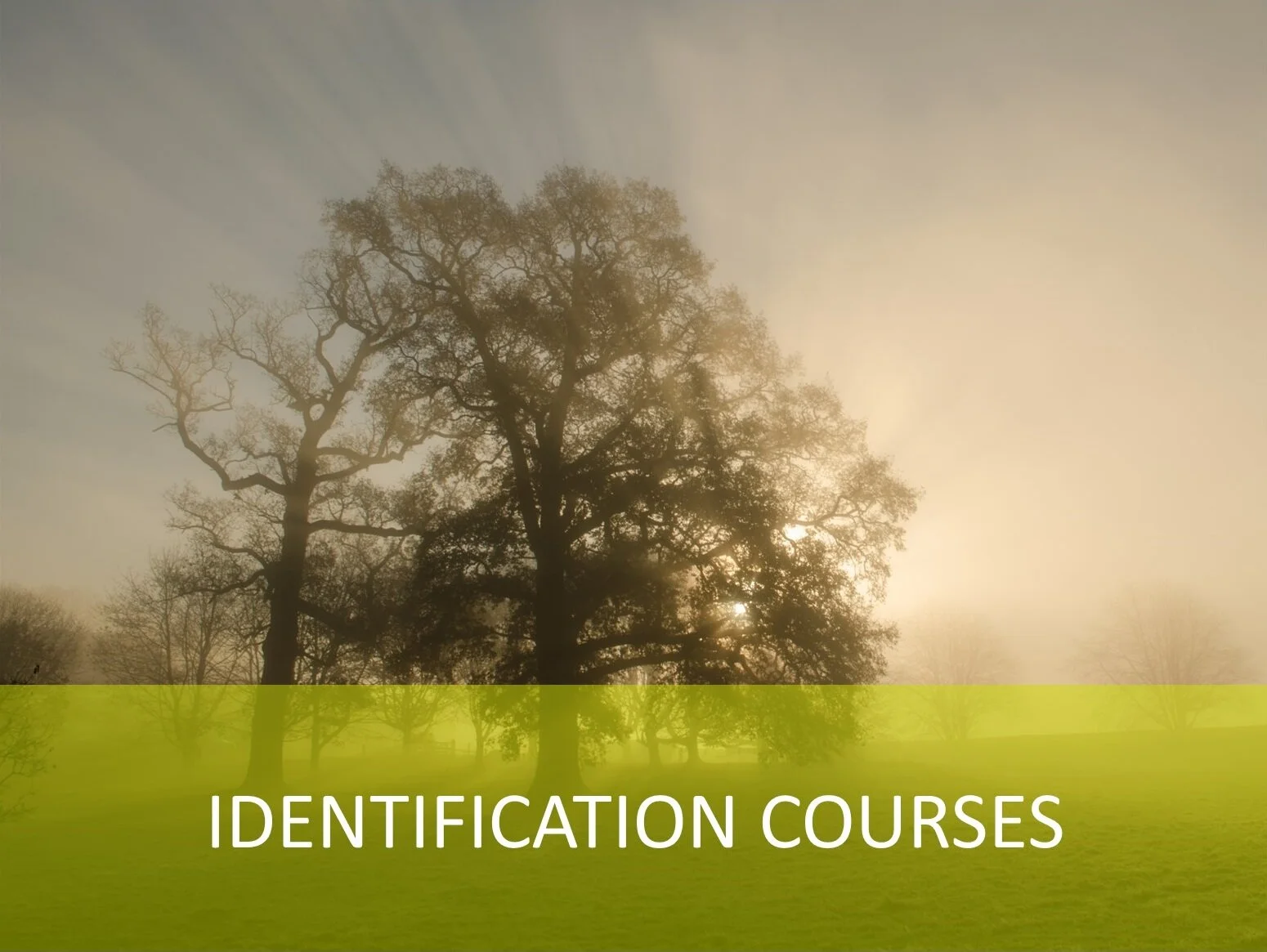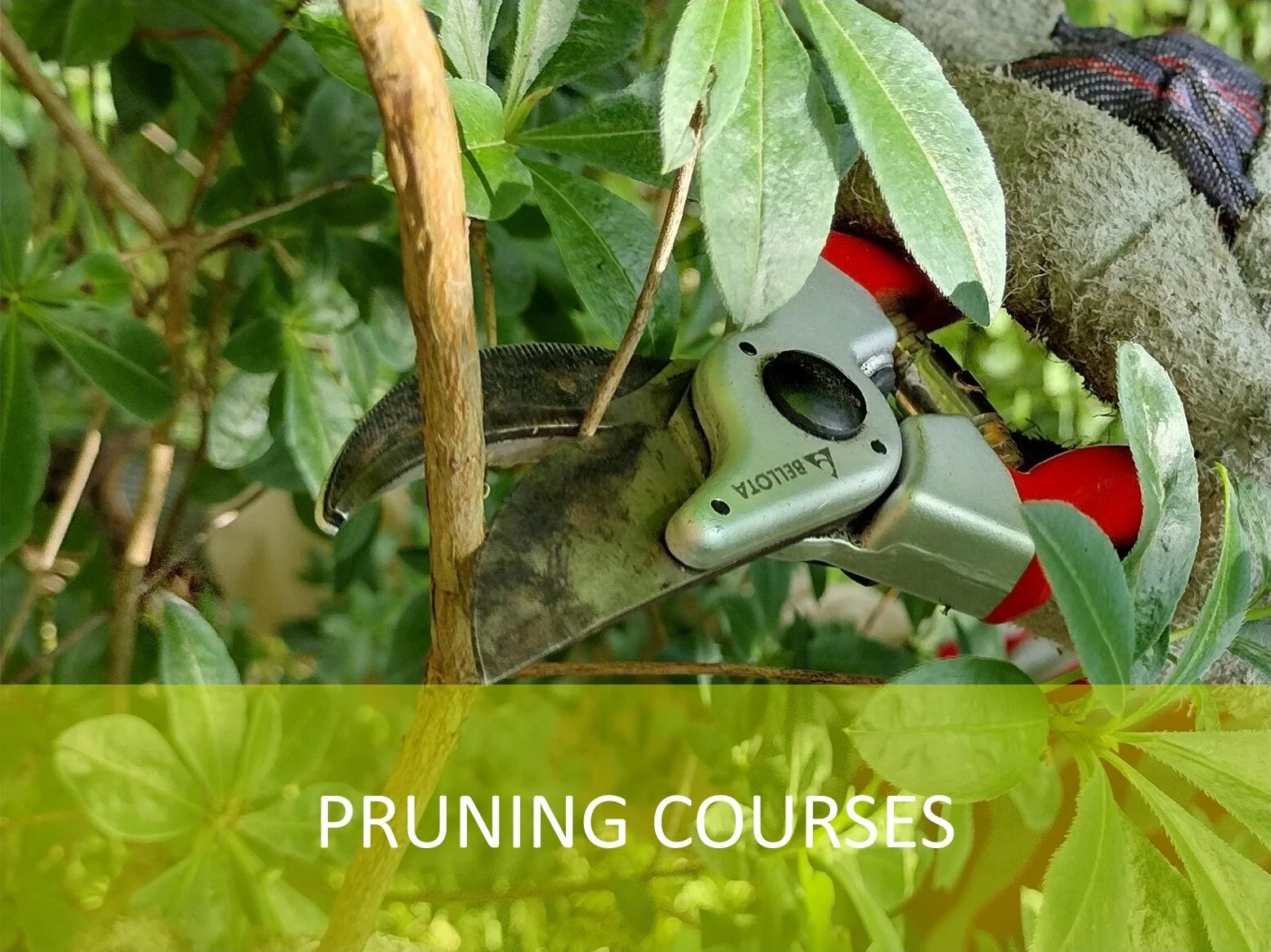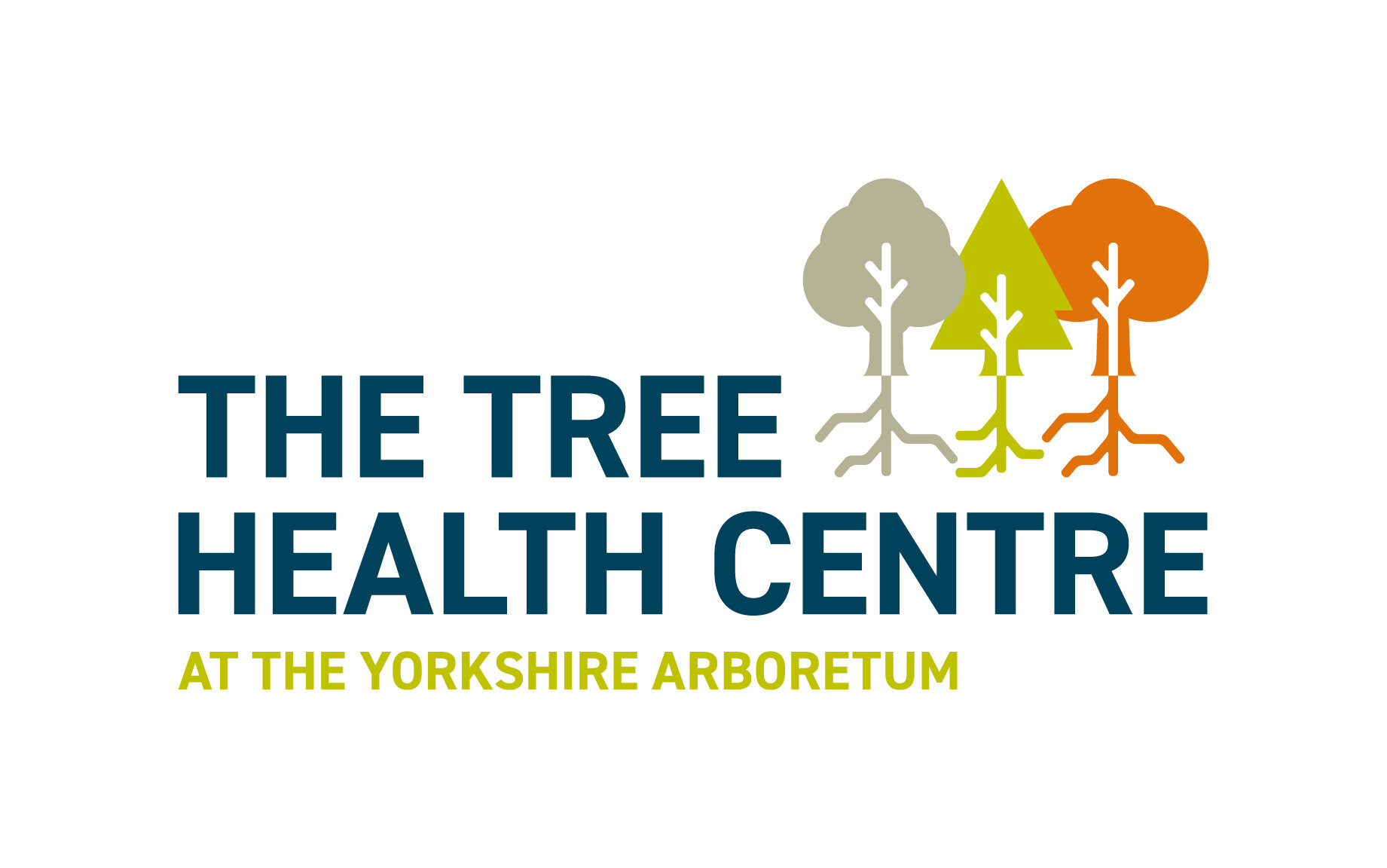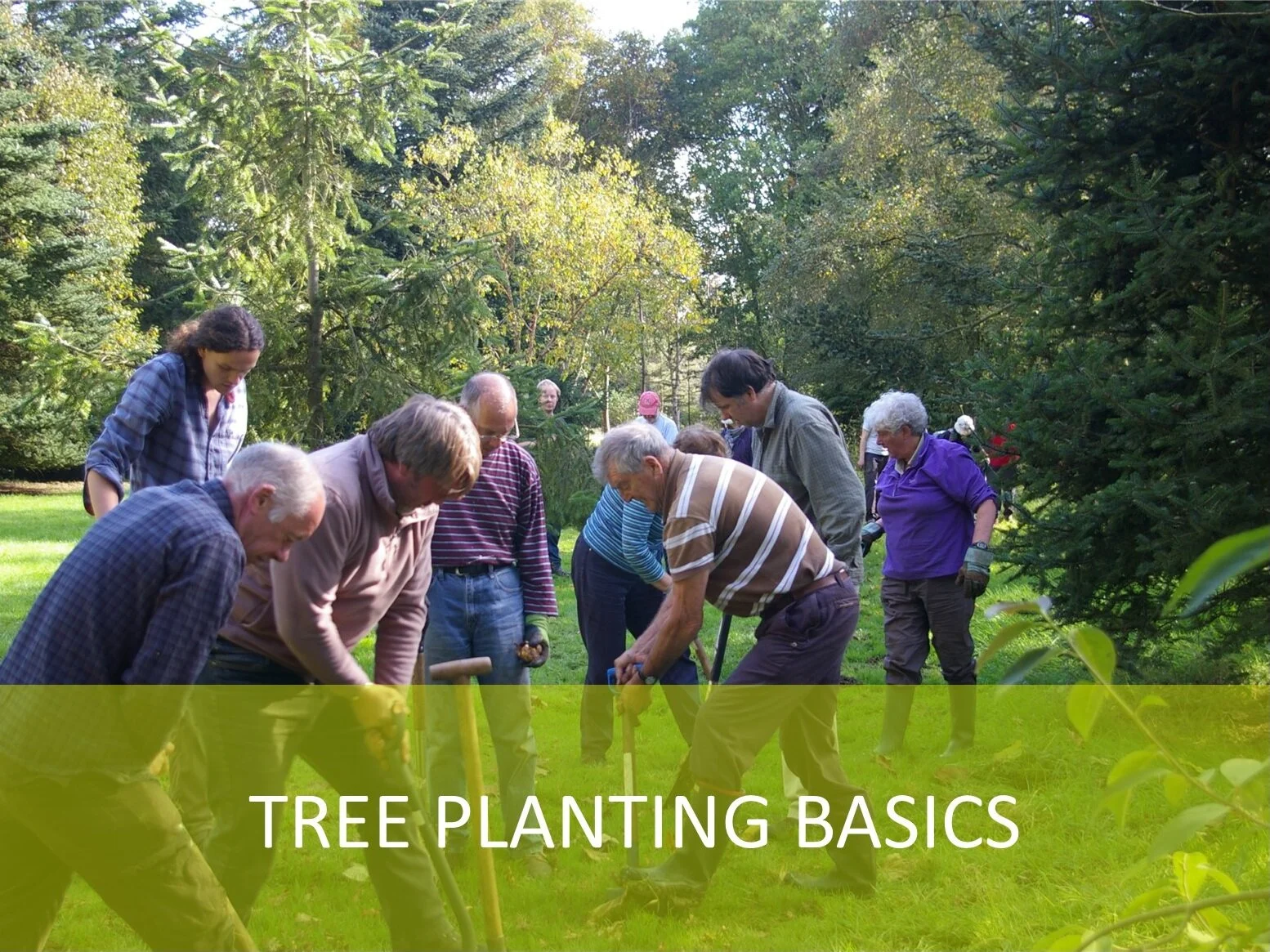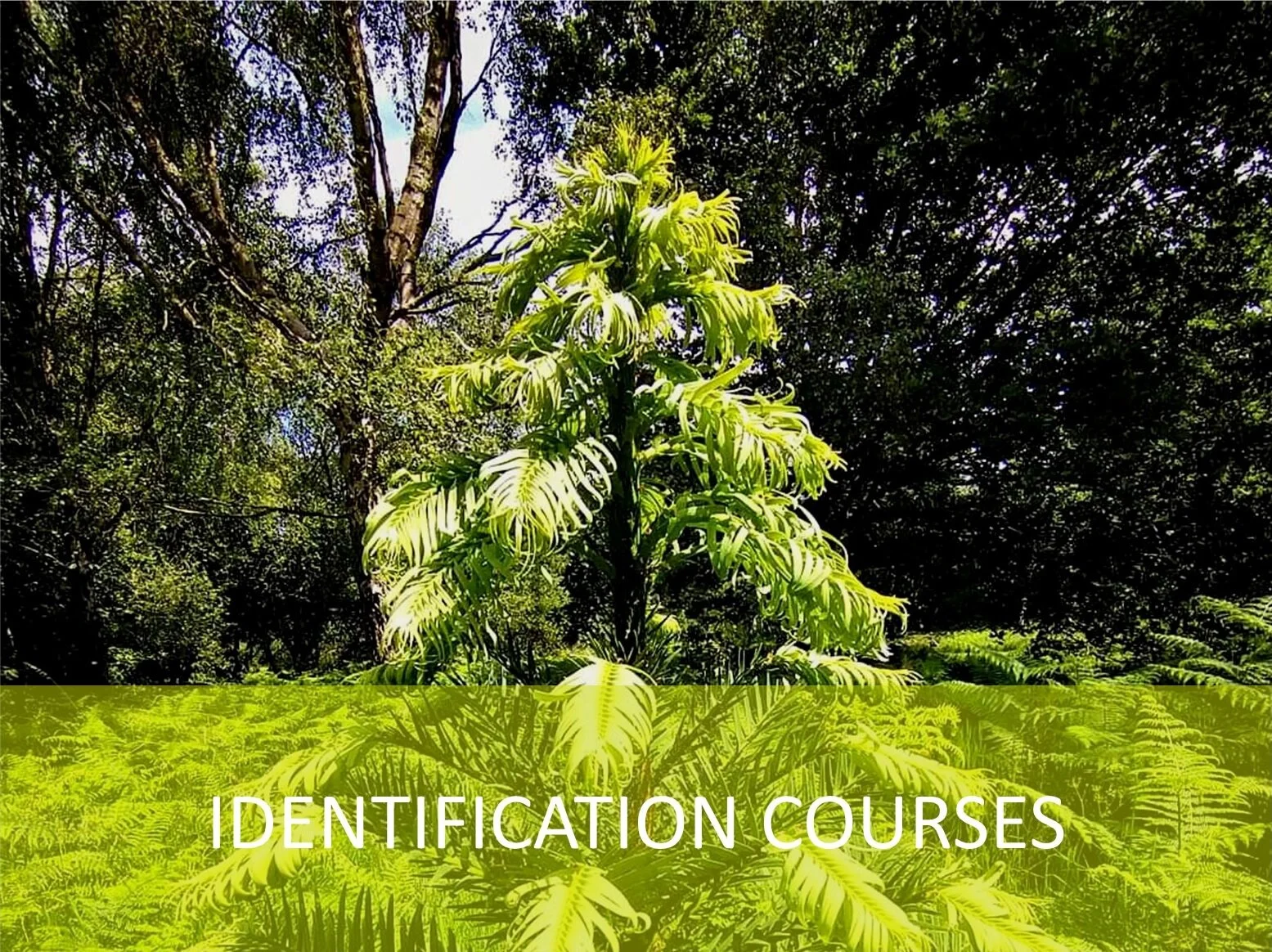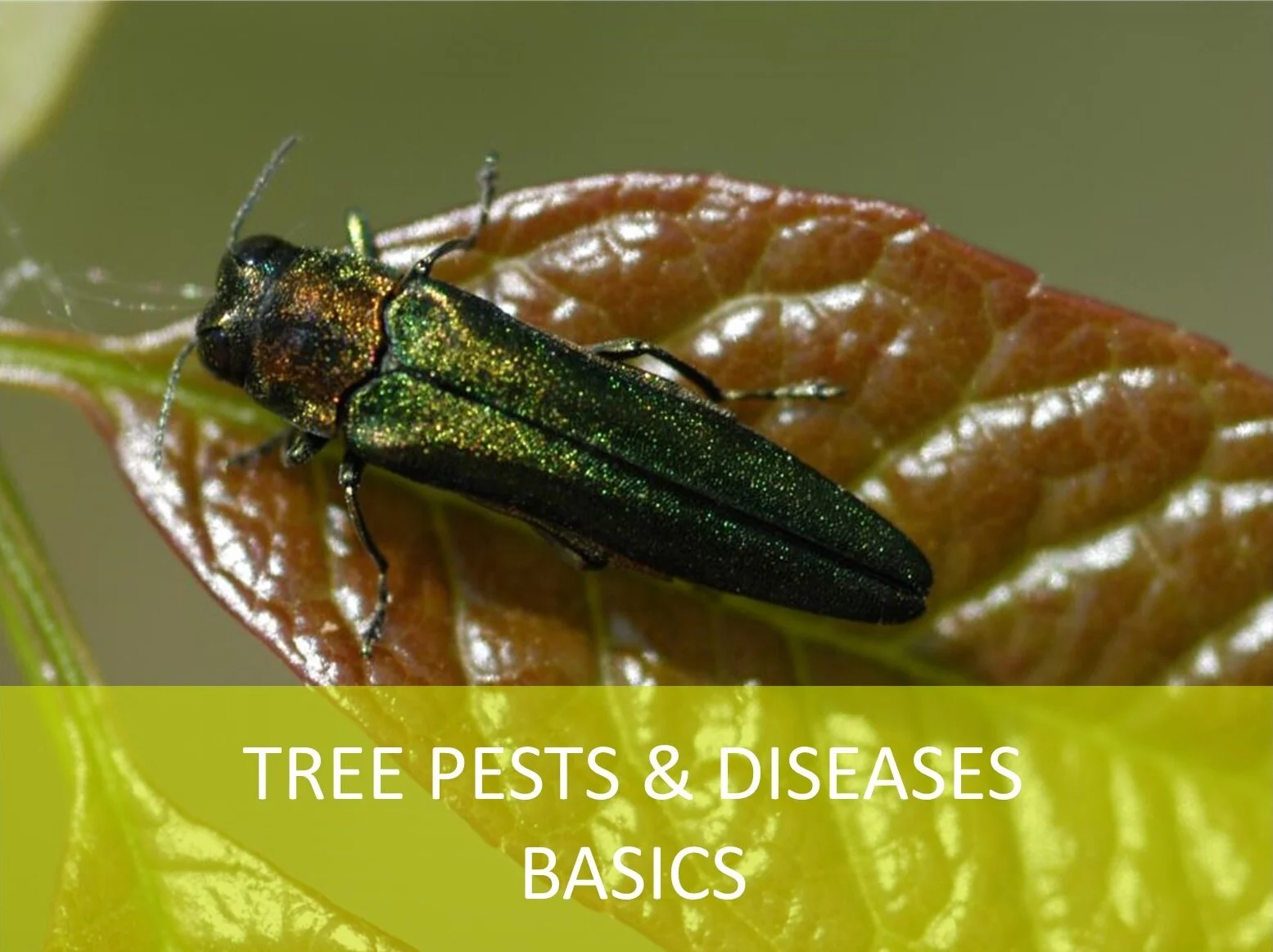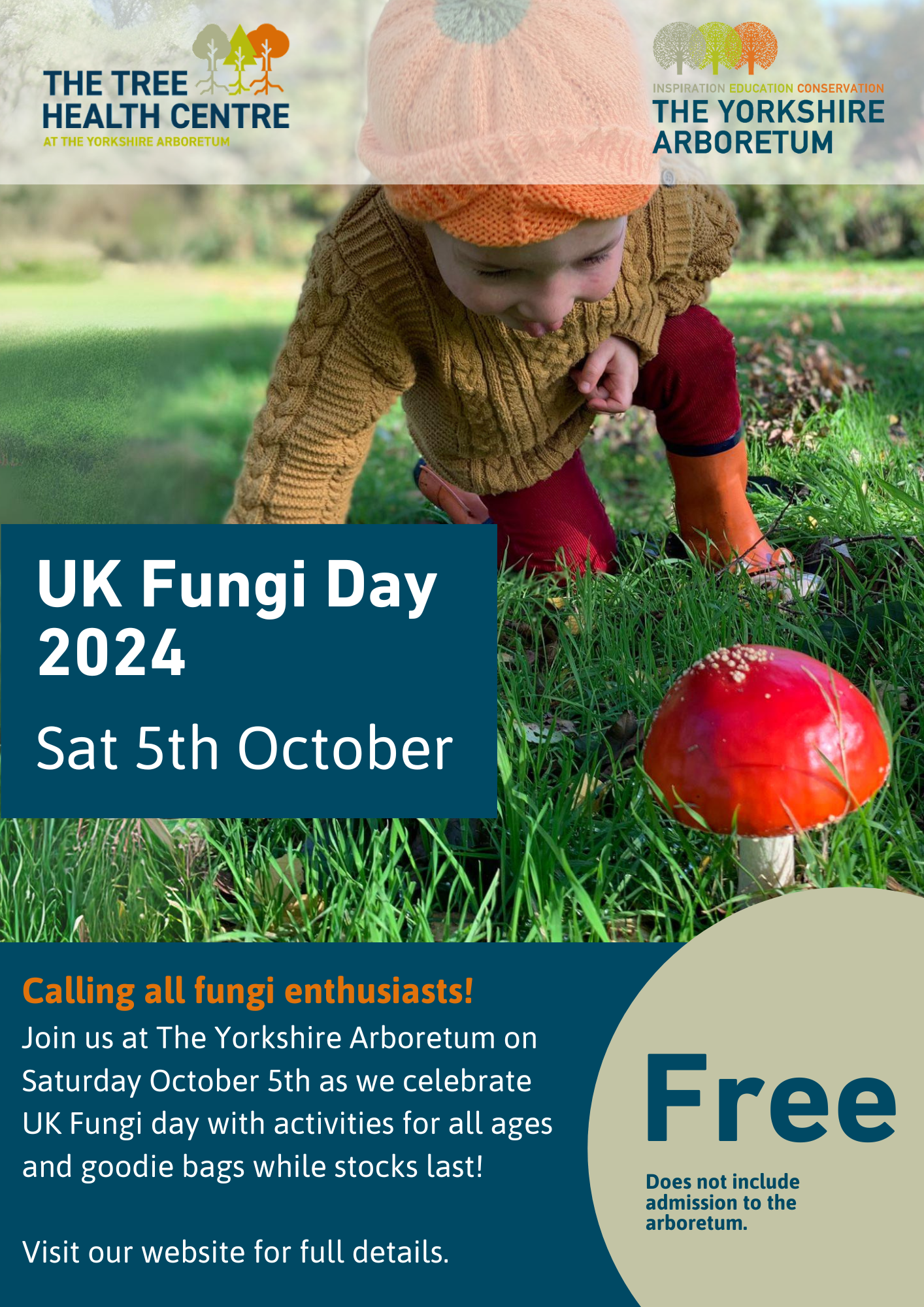
UK Fungi Day
Life on Earth would not exist without fungi!
Without the recycling activities of fungi, the world’s ecosystems would soon run out of nutrients. Plants without their fungal mycorrhizal partners to deliver water and nutrients, would not be able to grow and food would quickly become depleted.
Some fungi are also pathogens - of plants, humans, frogs, bats, soft coral, bees - and in certain cases are causing widespread decline of animal or plant populations. In humans, certain fungi can cause invasive infections which contribute to high death rates in individuals suffering from AIDS and cancer, and others can cause irritating infections of our skin. They can even poison us.
However, few fungi actually cause a nuisance to the healthy individual. And, without fungi, animals and plants could not - and would not - exist.
The Yorkshire Arboretum is joining in with British Mycological Society celebrations for UK Fungi Day with a range of interactive learning and activities in the Tree Health Centre. Learn about what foods in your cupboard wouldn’t exist without fungi, take a look at fungi under the microscope, find out about fungal pathogens we are concerned about and discover how fungal networks support our trees in the arboretum.
Additional charged and bookable activities:
Fungal Foray - 10am
Join in the hunt for fungi around the arboretum, see what you can find and have your specimens identified by our expert Malcolm Greaves.
20 people maximum, £20 per person
Tree fungal disease tour - 2pm
Join Dr Charles Lane, Consultant Plant Pathologist, for a tour of the trees in the arboretum and learn more about those affected by fungal diseases.
20 people maximum, £5 per person
Booking essential: email visit@yorkshirearbortum.org or phone 01653 648598
